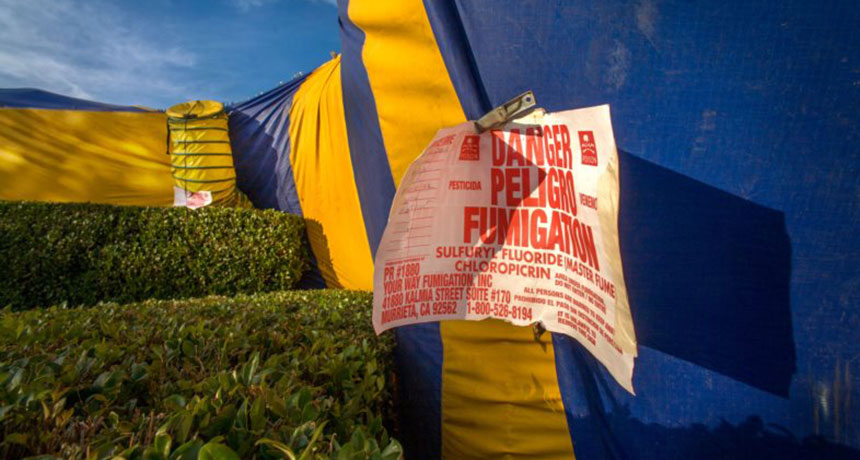The U.S. is still using many pesticides that are banned in other countries
Most phased-out chemicals in the nation are discontinued by industry, not the EPA

PERSISTANT PESTICIDES The United States is lagging behind other agricultural nations in banning potentially harmful pesticides, such as chloropicrin, a study suggests.
Marmaduke St. John/Alamy Stock Photo






